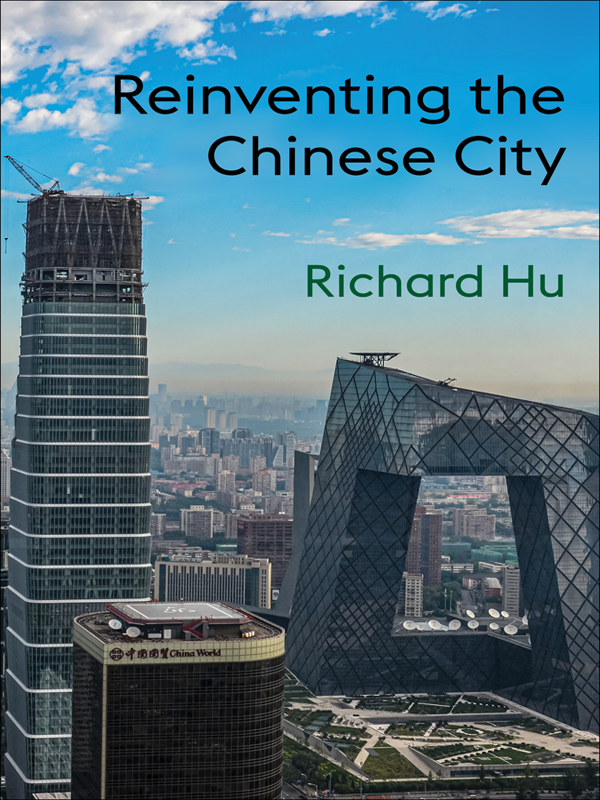

Most ebook files are in PDF format, so you can easily read them using various software such as Foxit Reader or directly on the Google Chrome browser.
Some ebook files are released by publishers in other formats such as .awz, .mobi, .epub, .fb2, etc. You may need to install specific software to read these formats on mobile/PC, such as Calibre.
Please read the tutorial at this link: https://ebookbell.com/faq
We offer FREE conversion to the popular formats you request; however, this may take some time. Therefore, right after payment, please email us, and we will try to provide the service as quickly as possible.
For some exceptional file formats or broken links (if any), please refrain from opening any disputes. Instead, email us first, and we will try to assist within a maximum of 6 hours.
EbookBell Team

4.7
56 reviewsSince the late 1970s, China has undergone perhaps the most sweeping process of urbanization ever witnessed. This is typically understood as a story of growth, encompassing rapid development and economic dynamism alongside environmental degradation and social dislocation. However, over the past decade, China's leaders have claimed that the country's urbanization has entered a new stage that prioritizes "quality." What does China's new urban vision entail, and what does the future hold in store?
Richard Hu unpacks recent trends in urban planning and development to explore the making and imagining of the contemporary Chinese city. He focuses on three key concepts—the "green revolution," "smart city movement," and "great innovation leap forward"—that have become increasingly influential. Through case studies of Beijing, Hangzhou, and Hefei, Hu analyzes how attempts to achieve greater sustainability, promote data-driven governance, and foster innovation have fared on...
Since the late 1970s, China has undergone perhaps the most sweeping process of urbanization ever witnessed. This is typically understood as a story of growth, encompassing rapid development and economic dynamism alongside environmental degradation and social dislocation. However, over the past decade, China’s leaders have claimed that the country’s urbanization has entered a new stage that prioritizes “quality.” What does China’s new urban vision entail, and what does the future hold in store? Richard Hu unpacks recent trends in urban planning and development to explore the making and imagining of the contemporary Chinese city. He focuses on three key concepts—the “green revolution,” “smart city movement,” and “great innovation leap forward”—that have become increasingly influential. Through case studies of Beijing, Hangzhou, and Hefei, Hu analyzes how attempts to achieve greater sustainability, promote data-driven governance, and foster innovation have fared on the ground. He also considers the experimental city Xiong’an in terms of China’s idealized vision of the urban future and investigates how the recent experiences of Hong Kong relate to regional and national development projects. Reinventing the Chinese City provides a careful accounting of the ideas that have dominated urban policy in China since 2010, emphasizing key continuities underlying claims of novelty. Shedding light on the transformations of the Chinese city, this book offers a new perspective on the factors that will shape the trajectory of urbanization in the coming decades.
Richard Hu is a professor at the Canberra Business School, University of Canberra. He is the author of The Shenzhen Phenomenon: From Fishing Village to Global Knowledge City (2020) and Smart Design: Disruption, Crisis, and the Reshaping of Urban Spaces (2021), as well as the editor of the Routledge Handbook of Asian Cities (2023), among other books.